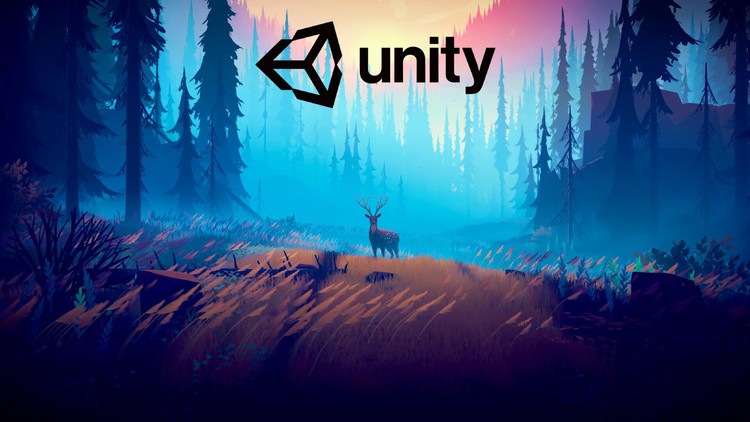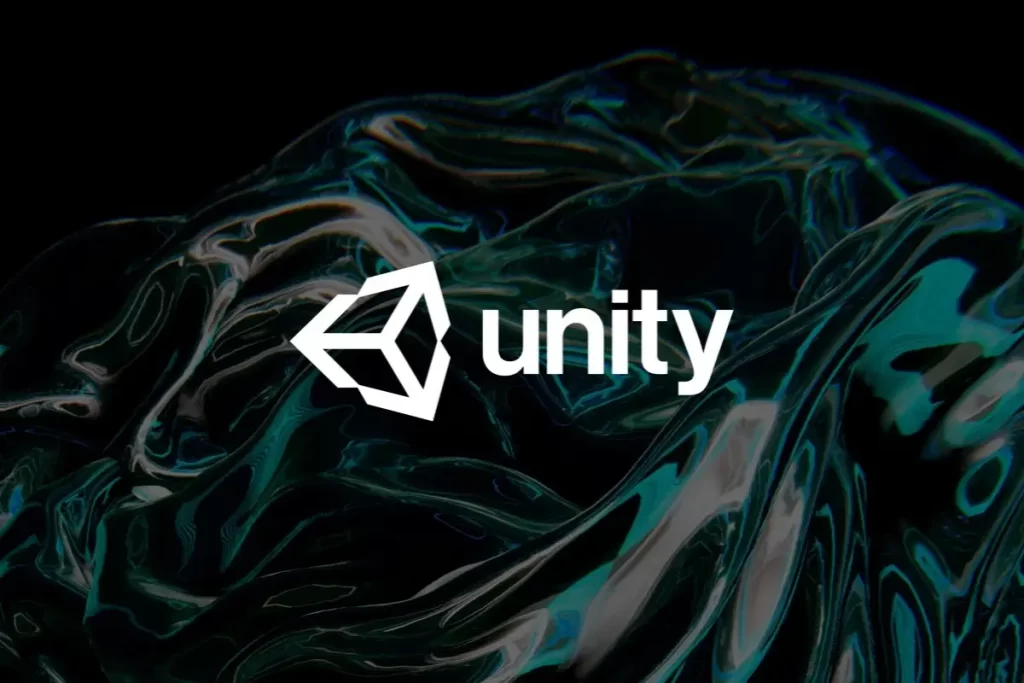Getting Started with Unity 3D Game Development

Introduction
Welcome to our comprehensive guide on Unity 3D game development. In this article, we’ll delve deep into the world of Unity game development, exploring its features, benefits, and how you can leverage Unity Gaming Services to create captivating games.
Understanding Unity 3D Game Development
Unity 3D game development is a powerful platform that enables developers to create immersive and interactive gaming experiences. It provides a range of tools and features, making it ideal for both beginners and experienced developers.
Key Features of Unity 3D
Cross-Platform Development
Unity’s cross-platform capabilities are a game-changer for developers. It allows you to build games that can run seamlessly on various platforms, including mobile devices (iOS, Android), consoles (PlayStation, Xbox), desktop (Windows, macOS), and even web browsers. This versatility eliminates the need to develop separate versions of your game for different platforms, saving time and resources.
Robust Asset Store
The Unity Asset Store is a vast marketplace where developers can access a wide range of assets and tools to enhance their game development process. These assets include 3D models, textures, animations, audio clips, scripts, shaders, and more. Whether you need ready-made assets to speed up development or plugins to add specific functionalities, the Asset Store has you covered.
Visual Scripting with Bolt
Bolt is Unity’s visual scripting tool that allows developers to create game logic and interactions using a node-based system. It’s especially beneficial for designers and artists who may not have extensive programming knowledge but still want to implement complex gameplay mechanics. With Bolt, you can visually connect nodes to define behaviors, events, and interactions, making game development more accessible and intuitive.
High-Quality Graphics
Unity is renowned for its graphics capabilities, enabling developers to create visually stunning games. It supports advanced rendering techniques like HDRP (High Definition Render Pipeline) and LWRP (Lightweight Render Pipeline), which enhance the realism and fidelity of graphics. Features such as dynamic lighting, real-time reflections, post-processing effects, and particle systems contribute to creating immersive gaming experiences that rival AAA titles.

Integrated Development Environment (IDE)
Unity provides a comprehensive Integrated Development Environment (IDE) that streamlines the development workflow. The Unity Editor offers powerful tools for scene editing, asset management, debugging, and performance optimization. It also includes a built-in code editor with IntelliSense and debugging tools, making coding in C# more efficient and error-free.
Multiplatform Support
Unity’s multiplatform support extends beyond deployment to include features like multi-threading, multi-display rendering, and multi-touch input. This allows developers to optimize their games for different hardware configurations and user experiences. Whether you’re targeting mobile devices with touch controls or consoles with gamepad support, Unity provides the tools and APIs to ensure compatibility and performance across platforms.
Extensive Documentation and Community Support
Unity boasts an extensive library of documentation, tutorials, and learning resources to support developers at every stage of their journey. Whether you’re a beginner learning the basics or an experienced developer tackling advanced topics, Unity’s documentation and community forums provide valuable insights, best practices, and troubleshooting tips. Additionally, Unity hosts regular events, workshops, and online courses to keep developers updated with the latest technologies and trends in game development.
Getting Started with Unity Game Development
Now that we’ve covered the basics, let’s dive into the steps to get started with Unity game development.
Step 1: Download and Install Unity
The first step is to download and install the Unity Hub, which acts as a central hub for managing Unity projects and installations. You can choose the Unity version that best suits your needs, whether it’s the LTS (Long-Term Support) version for stability or the latest version for cutting-edge features.
Step 2: Explore Unity’s Interface
Once Unity is installed, familiarize yourself with its interface. The Unity Editor is where you’ll spend most of your time crafting your games. From scene editing to scripting, Unity provides a user-friendly environment for development.
Step 3: Learn Unity’s Scripting Language
Unity uses C# as its primary scripting language. Whether you’re new to programming or have experience with other languages, Unity’s scripting API and documentation make it easy to learn and implement game logic.
Step 4: Utilize Unity’s Asset Store
As mentioned earlier, the Unity Asset Store is a valuable resource. Browse through a vast collection of assets, including 3D models, textures, animations, audio clips, and more. This can significantly accelerate your game development process.
Step 5: Start Creating Your Game
With the groundwork laid, it’s time to start creating your game. Utilize Unity’s features such as physics, animation, audio, and UI to bring your vision to life. Leverage Unity Gaming Services like multiplayer networking, analytics, and monetization for added functionality.
Conclusion
In conclusion, unity 3d game development offers a robust platform for creating immersive and engaging games. By following the steps outlined in this guide and leveraging Unity’s features and resources, you can kickstart your journey into game development with confidence.









